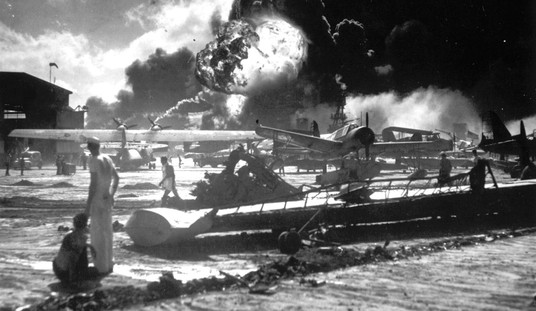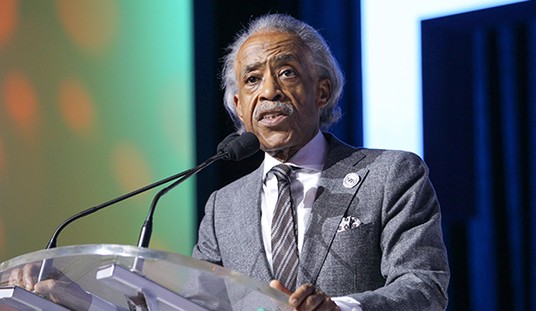One of the most strategically significant battles of the Pacific began on this day, July 24, 1944 – the Battle of Tinian. Nearly 30,000 Marines landed on this small island and faced over 8,000 Japanese soldiers. Within a week, nearly every Japanese soldier would be dead, and Boeing’s new long range bomber, the B-29 Superfortress, would enjoy airstrips within range of the Japanese mainland, including Hiroshima and Nagasaki.
The Battle of Tinian was part of the campaign in the Northern Marianas Islands. The United States bypassed Japanese-held islands throughout the Pacific to secure these islands. By 1944, airpower had changed everything, and possessing islands across the Pacific was less important that possessing islands close enough for the B-29 to reach Japan.
The battle for Tinian island was preceded by the bloody battle of Saipan, just a few miles north of Tinian, where a staggering 3,400 Americans and 30,000 stubborn Japanese died. The Battle of Guam occurred simultaneously and cost another 1,750 American lives.
Approximately 5,500 Americans died to secure the three Northern Marianas islands of Saipan, Tinian and Guam in the summer of 1944.
For this heavy price, the United States obtained a series of air bases to send swarms of B-29 Superfortressess to decimate the Empire of Japan into a forced surrender. From Saipan, Guam and Tinian, B-29’s obliterated Japanese cities, one after another, after another, including the firebombing of Tokyo in March 1945. But even after the Emperor personally inspected the total devastation of Tokyo, he refused to surrender.
American prisoner of war Louis Zamperini tells the story of seeing graffiti scrawled across the ruins of buildings near the town of Omori where he was imprisoned: B Niju Ku. From Unbroken:
The first character was simple enough, the English letter B. Louie knew that niju meant twenty and ku meant nine, though he didn’t know that ku carried another meaning: pain, calamity, affliction.
B-29’s from Saipan, Tinian and Guam devastated Japan for months, yet the Japanese wouldn’t surrender. So Enola Gay departed Tinian Island’s North Field en route to Japan in the dead of night on August 5, 1945 – and the world would never be the same.
Tinian is part of the Commonwealth of the Northern Marianas Islands, an American flagged territory. Today, North Field from the air looks like a series of overgrown hedgerows – abandoned with only echoes of human involvement. The bomb bay is preserved, but I had to ask someone what the strange formations were I had seen on final approach by air into Saipan. The sacrifices made in the summer of 1944 ended a war, and changed the history of the world, in hindsight, for the better.













Join the conversation as a VIP Member